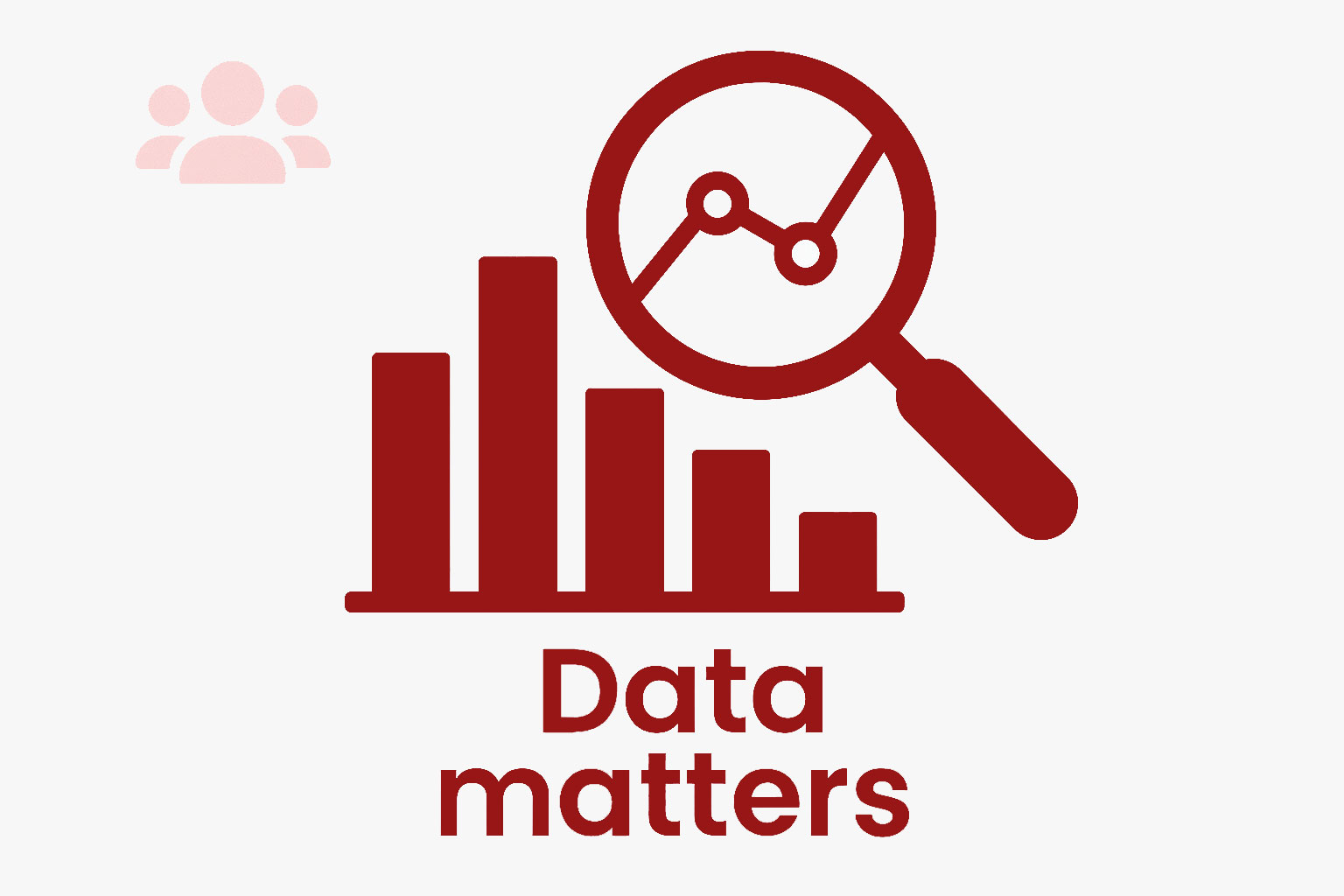Data matters (and has an owner): reflections from a pledge manager
In crowdfunding we often talk about creativity, timelines, and logistics. Less about data. Yet it’s the thread that stitches everything together: from how a backer lands on your page to what they add to their order or where they get stuck.
This piece is not trying to sell anything: it aims to organize ideas about data governance in a pledge manager and why the publisher (your team) should always be the owner of that information.
What data are we talking about?
- Navigation: where visits come from, which screens get the most time, which paths users follow before paying.
- Activity: upgrades, add-ons, address changes, chosen payment methods, abandoned carts.
- Personal data: only what’s necessary to fulfill the goal (order, shipping, customer service).
- Usage statistics: conversion rates per campaign/country, funnels, coupon performance, returning cohorts.
- Areas of interest: demand maps by province/country, busiest time slots, most used devices.
Not all data has the same value, nor should it all be stored the same way. But all data generated in your campaign belongs to you. The pledge manager provider is a data processor: it helps process it for purposes you define, not to appropriate it.
Principles for healthy data use
Ownership and portability
Your contract must be clear: the publisher is the owner of the data. You must be able to export it anytime, with no hidden costs and in open formats (CSV/JSON, and ideally via API or webhooks). If you switch providers, you shouldn’t lose your history.
Minimization and purpose
Collect only what’s necessary to deliver the campaign (sales, shipping, support). Nothing “just in case.” Define precisely why you use each field.
Transparency and consent
Clear cookie banners, readable policies, and the right legal basis (consent/contract execution/legitimate interest, as applicable). If you integrate analytics, respect user choice.
Security and access
Encryption in transit and at rest, role-based access controls, and logs of changes and downloads (who accesses what and when). Internal curiosity also needs healthy limits.
Retention
You don’t need to keep everything forever. Define retention and deletion periods, and how to anonymize when identification is no longer needed. (This is not legal advice: work with your DPO/lawyer to align with GDPR.)
What should your pledge manager offer?
- Useful dashboards (not just pretty ones): conversion by country/channel, drop-off by step, bundle uptake, coupon usage, support times and resolution rates.
- On-demand export: orders, lines, users, addresses, events (key clicks), payment and shipping statuses. Ideally schedulable (periodic downloads or webhook to your CRM/ERP).
- Integration with your analytics: ability to connect your Google Analytics/GA4 account (or Matomo, Plausible…) with agreed filters and tags. The data remains under your ownership, in your account.
- Traceability: visible logs of data creations/deletions, address changes, refunds, etc.
- APIs to connect with your ecommerce/ERP so there are no “islands” of information.
What does this mean in practice?
Questions data can help you answer—without smoke and mirrors:
- Where are backers dropping off? Step funnels: “game selection → payment.” You adjust copy or fields.
- Which upgrade works and in which country? Helps prioritize stock, translations, or bundles.
- Is shipping cost discouraging? Cross-check abandonment with shipping method and price range.
- What’s the support time window? Better team planning and fewer tickets.
- Are there underserved demand areas? A heatmap guides next stores or languages.
None of this requires invading privacy: it can be measured proportionally, in aggregate, and with opt-out options.
Avoiding provider lock-in
When the data is yours, the fear of “being locked in” fades. Healthy signs:
- You can export whenever you want and the complete dataset (not just partial lists).
- You can replicate key events into another system via webhook/API.
- If the service ends, there’s an orderly handover of the history.
An honest deal with your backers
Measuring is not spying. It’s respecting their time: removing form friction, preventing address errors, proactively notifying order status. Being clear about what you collect and why is the basis of trust—and that trust is critical for a publisher thinking in the long term beyond a one-off campaign.
In short
Treat data as a strategic asset for the publisher. Define ownership, access, and exit paths from the start; integrate your analytics; measure what matters and drop the superfluous; ensure security and transparency. A pledge manager shouldn’t be a black box, but a tool that helps you understand and improve your relationship with the community.




